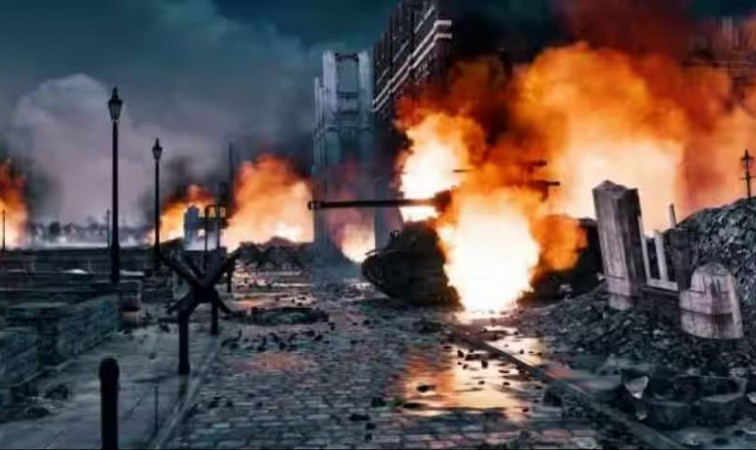
This Day That Year: On September 13, 2008, a series of five synchronized bomb blasts sent shockwaves through the heart of India's capital, Delhi. This tragic event, known as the 2008 Delhi serial bombings, unfolded within a span of minutes, leaving a deep scar on the collective memory of the nation. As we mark the 14th anniversary of this horrifying incident, it's essential to look back and reflect on the chain of events that unfolded on that fateful day.
The Chain of Horrifying Incidents
The first explosion occurred at 18:07 IST in Ghaffar Market, a bustling commercial area in Delhi. Within minutes, four more blasts followed at different locations across the city.
These blasts, occurring in quick succession, plunged the national capital into chaos and panic. Delhi's residents were gripped by fear as news of the bombings spread like wildfire.
The aftermath of the bombings was devastating, with 20 people losing their lives and nearly 90 others suffering various degrees of injury. Many survivors were left with deep psychological trauma, which lingers to this day.
Within a mere 31 minutes, from 18:07 to 18:38, the blasts rocked busy markets and commercial hubs, making it evident that these attacks were carefully coordinated and strategically timed.
One of the blasts occurred in an auto-rickshaw, while two others struck Connaught Place, a renowned and densely populated area in South Delhi.
The Explosive Devices
Investigations revealed that low-intensity ammonium nitrate, combined with integrated circuits and timer devices, was the primary component used in almost all the serial blasts. The choice of this explosive material reflected a sinister level of planning by the perpetrators.
Authorities were able to defuse four additional bombs planted at prime locations, including India Gate, Regal Cinema in Connaught Place, another location within Connaught Place, and one on Parliament Street. These successful defusals prevented further loss of life.
The Perpetrators
The Indian Mujahideen, an Islamist extremist group, claimed responsibility for the bombings through an email sent to major media outlets shortly after the attacks occurred. The source of this email was traced to Chembur, a suburb of Mumbai.
Swift action by the Delhi Police led to the detention of two individuals within three hours of the blasts. One of them was identified as the mastermind behind this terrifying act of violence.
The Batla House Encounter
On September 19, 2008, just six days after the serial blasts, the 'Batla House Encounter' unfolded in Delhi. During this operation, two individuals were shot, marking another chapter in the unfolding story of terrorism in India.
A Second Tragedy
As if the wounds were not deep enough, another bombing occurred later that same month, on September 27, 2008, a mere two weeks after the initial blasts. This incident served as a grim reminder of the ongoing threat of terrorism that India faced at the time.
The 2008 Delhi serial bombings stand as a somber chapter in India's history. The coordinated nature of these attacks and their devastating impact on innocent lives served as a stark reminder of the challenges posed by terrorism. As we remember the victims and the trauma inflicted upon the nation, it is crucial to honor their memory by continuing to work towards a safer and more peaceful future, where such incidents are relegated to the annals of history.